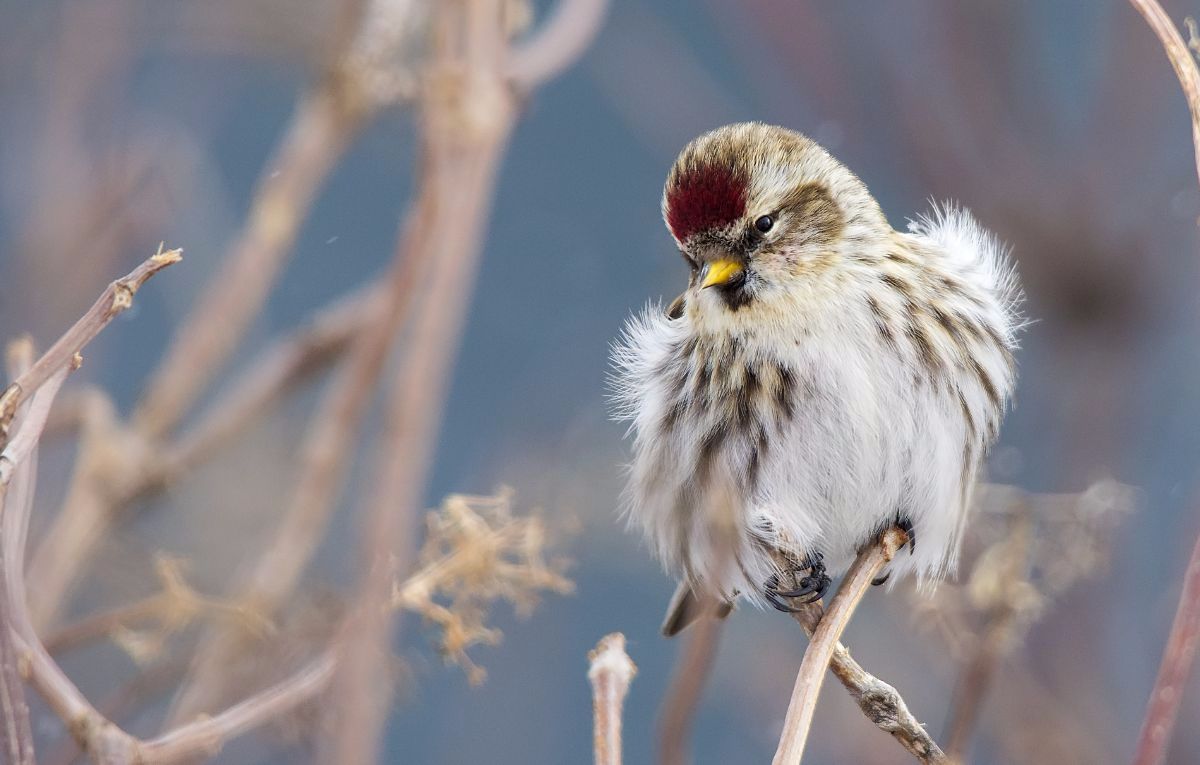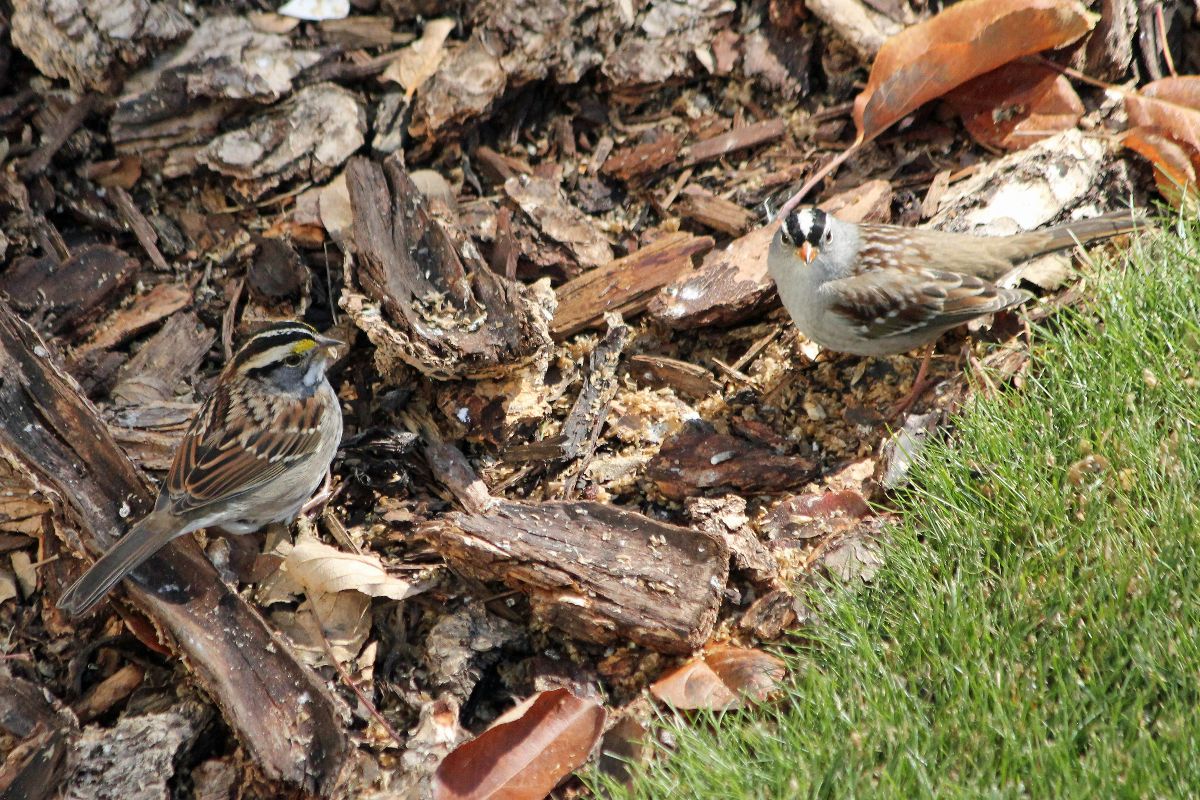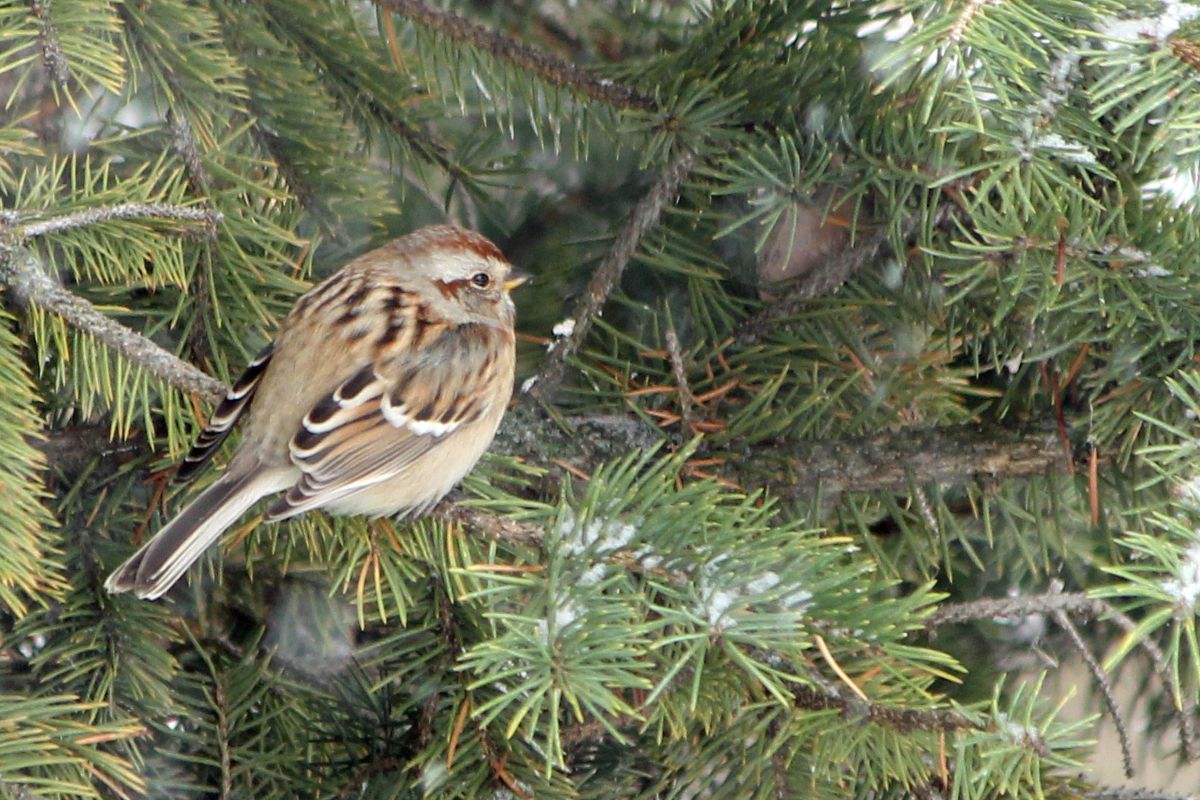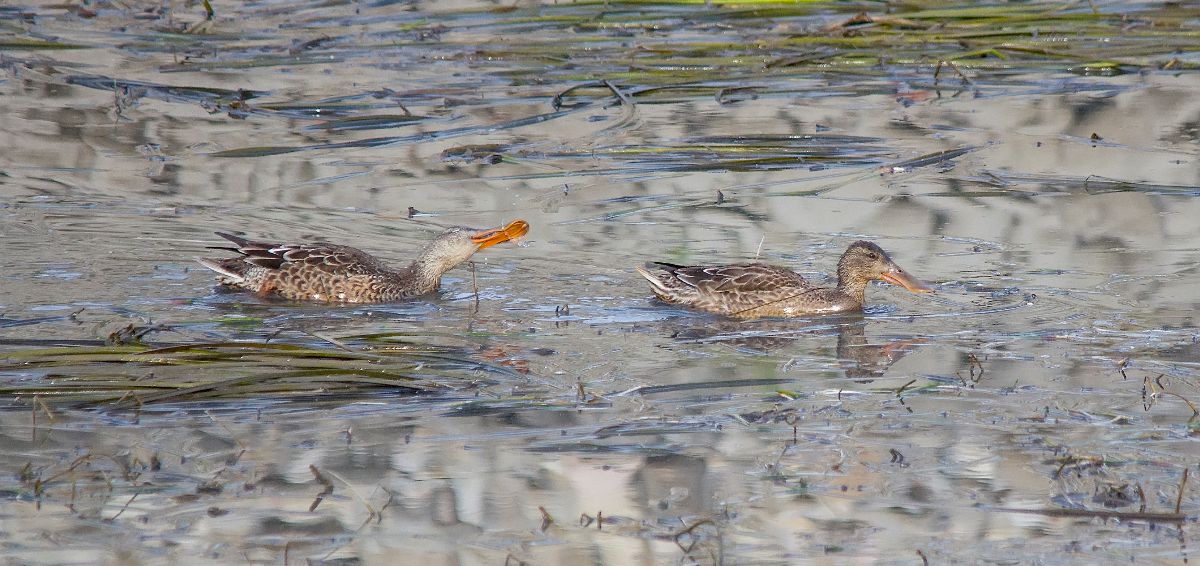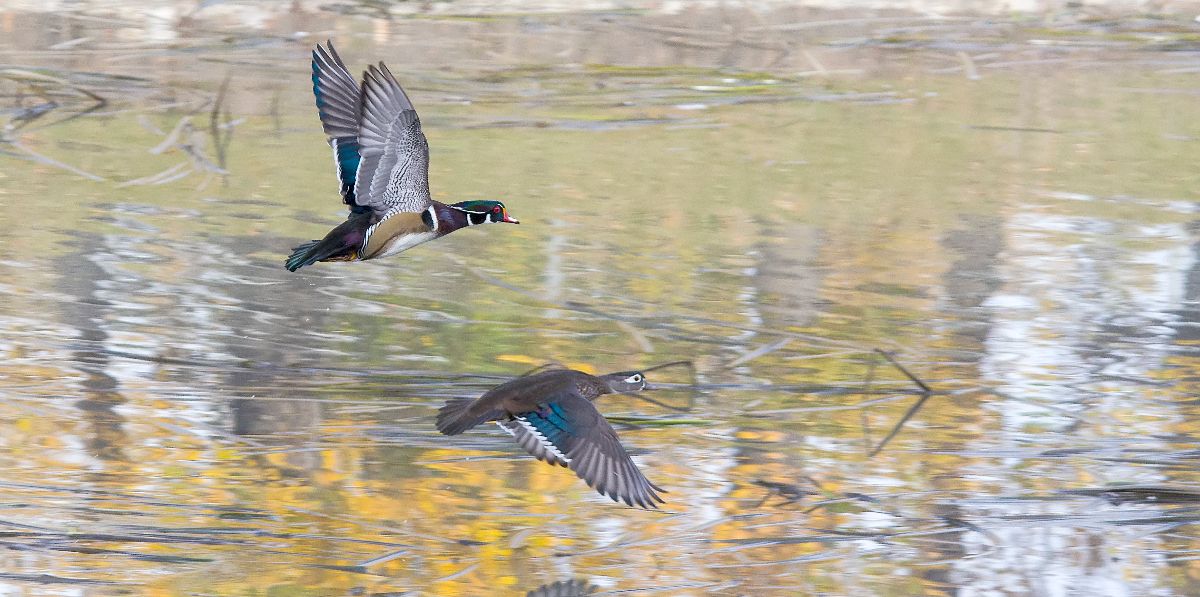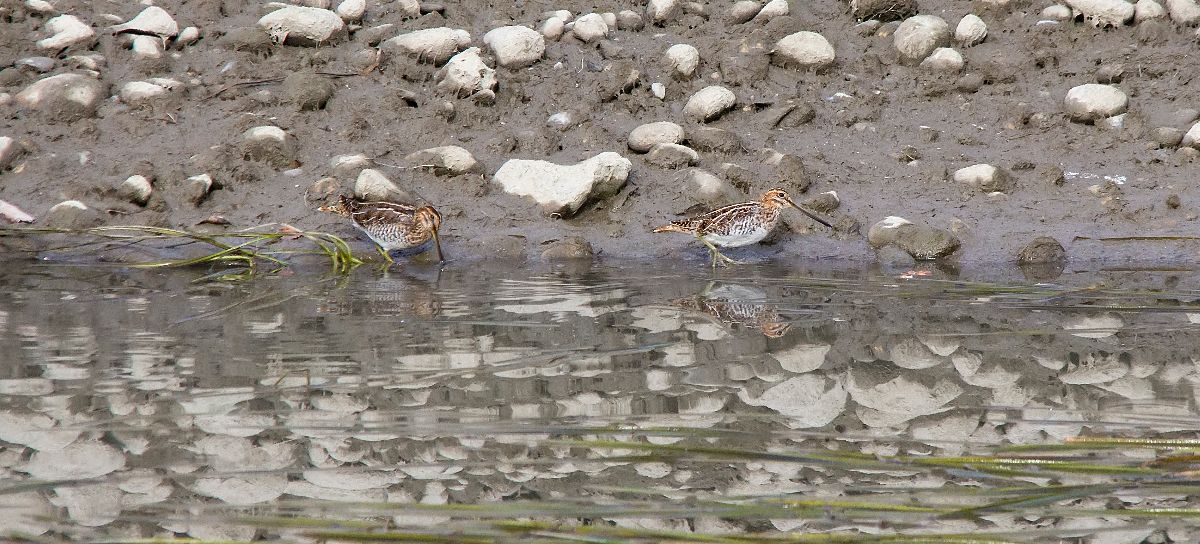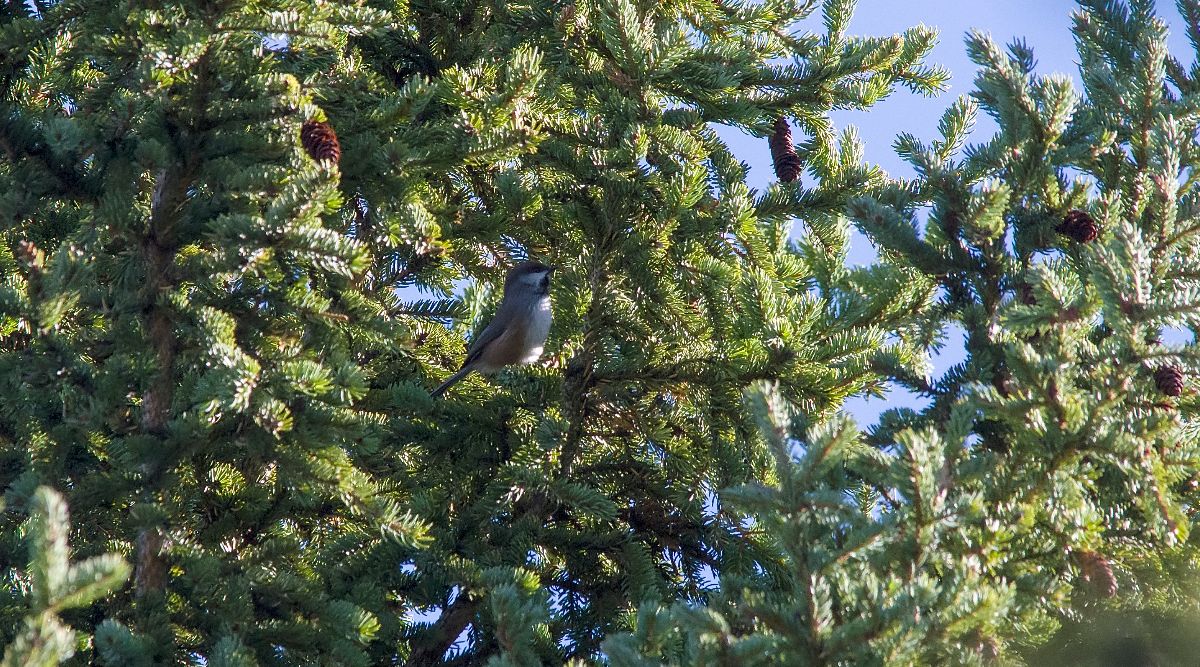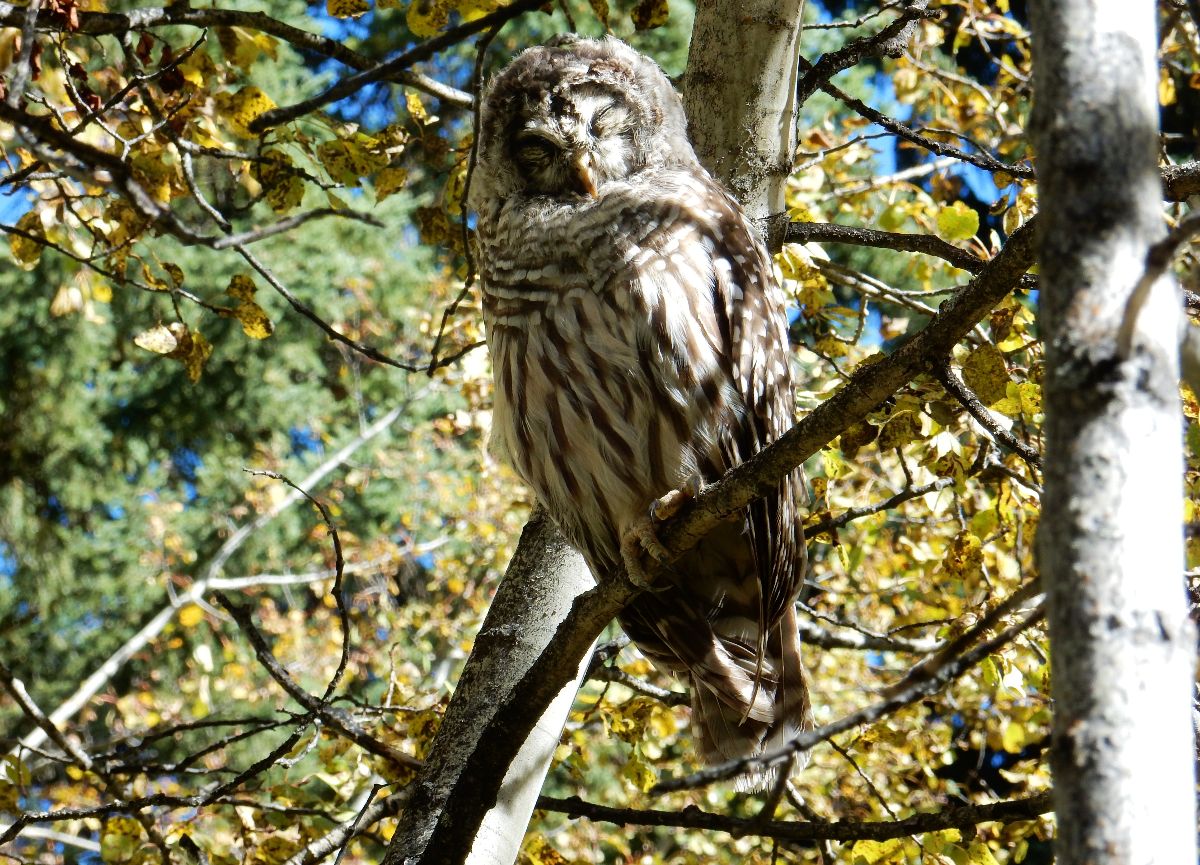Posted by Dan Arndt
Before the 2013 flood, the Glenmore Reservoir was always a great place to see hundreds of migrating autumn waterfowl and waders. In 2013 and 2014 though, the birds did not return in large numbers. One of the primary contributing factors to this was that with the sheer volume of water pulsing through the reservoir in late June of 2013, the bottom of the reservoir would have been either completely scoured of vegetation, or covered with silty and sandy sediment, killing the vegetation and invertebrate life that would otherwise thrive there. By the fall of 2015 though, the birds began to return in fairly decent numbers, and this fall was once again extremely productive. In the wake of any natural disaster, eventually things return to some level of stability and normalcy, and it was great to be back birding in South Glenmore Park and along the edges of the reservoir.
As per usual, we headed over to the ridge overlooking the reservoir to see what we could find out there. While we did see a few hundred American Coots at the far west edge of the reservoir, and a few Eared, Horned, and Western Grebes in close, there wasn’t anything close enough to really get good looks at without a scope. Thankfully we heard the tell-tale chipping of some American Tree Sparrows and Dark-eyed Juncos feeding below the spruce trees nearby.
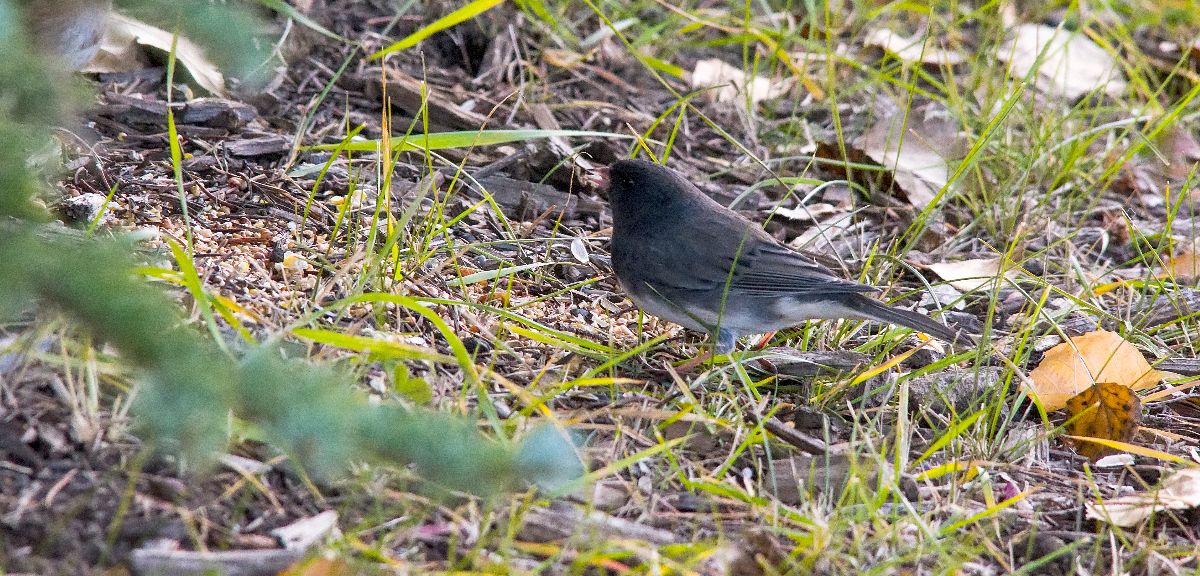
Dark-eyed Junco
[exif id=”16218″]

American Tree Sparrow
[exif id=”16219″]
We had a pretty good-sized turnout that morning, and so we split up, with my group taking the top pathway up away from the reservoir first. Given the slight chill in the air, we were all thankful to be off the water’s edge until it warmed up later in the day!
Roosting near its usual nesting spot, and after having a decent discussion about the ways to best distinguish between a Common Raven and American Crow, we found this fellow sitting atop a favored perch. It gave a few calls of different types as we watched it, and then finally flew off to join another Common Raven as it flew into the nearby neighborhood.

Common Raven
[exif id=”16227″]
As we explored the park, we heard the wheezy, raspy call of a Boreal Chickadee, which seemed quite out of place this far from the Weaselhead and the dense spruce cover of the slopes of the reservoir. Upon our investigation though, we found it stashing plenty of seeds in a small cavity near one of the homes with bird feeders set out.

Boreal Chickadee
[exif id=”16220″]
We also stumbled across a pair of young Mule Deer bucks, foraging in the low willows that were numerous throughout the upper slope of the park. Both looked to be only a year or two old, with only brow antler tines. They didn’t seem particularly disturbed by us walking nearby, which allowed us to notice one particular… anomaly.

young Mule Deer buck
[exif id=”16228″]

young Mule Deer buck with growth
[exif id=”16221″]
He didn’t appear to be in any discomfort or distress, but this fairly well “endowed” deer did seem quite unusual. I welcome any suggestions or explanations on what might have caused this particular anomaly to this young deer. My suspicions are that it’s some type of tumor or cyst that’s caused the swelling.

American Tree Sparrow
[exif id=”16222″]
Just as we were meeting up with our compatriots, we managed another good few minutes of looking at a couple of American Tree Sparrows feeding right alongside the pathway. These guys tend to be a lot more shy, so it was a bit surprising seeing them hold still with walkers, joggers and going by fairly regularly.
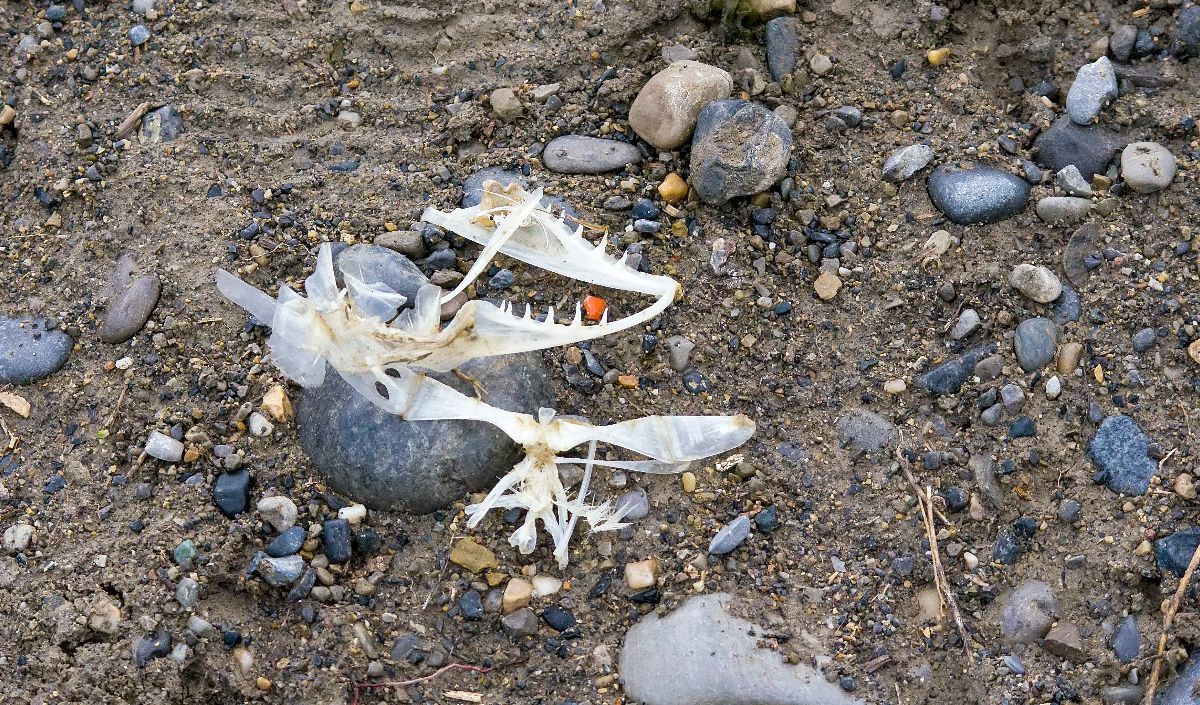
fish jaw and clavicle
[exif id=”16223″]
Another mystery that we have yet to solve was this jaw and clavicle that we found on the edge of the reservoir. Again, I have my suspicions of its provenance, but would appreciate any comments and suggestions about what species was predated here on the edge of the Glenmore Reservoir. For scale, the clavicle was about 6-7 cm across, and the jaws were about 5-6 cm from back to front.
One of the birds that I had the hardest time identifying for the first few years of fall birding were the fall plumage Eared and Horned Grebes. I can’t tell you the number of times I would misidentify one or the other, and it wasn’t until the last year or so that I finally became comfortable telling them apart.
I’m going to leave these photos unlabelled for now, and I invite comments on what the putative IDs are on each of the birds below.

Fall Plumage Grebe 1
[exif id=”16225″]

Fall Plumage Grebe 2
[exif id=”16226″]

Fall Plumage Grebe 1 and 2 together
[exif id=”16217″]
When I look at a fall plumage grebe now, I look for four main features. First, I look at the head shape. Eared Grebes have a head that has a high crest at the front of the head, and slopes downward towards the back. Horned Grebes have a head that is more peaked at the back, and slopes up to that peak from the base of the bill. The second feature to look for is the shape of the bill. Eared Grebes have a pointed, dagger-shaped bill, that is ever so slightly curved upwards. Horned Grebes, on the other hand, have a thicker, more bullet-shaped bill, tipped with a very tiny white point.
Next I look at the plumage on the neck, back, and sides. An Eared Grebe has a much darker neck and face, with less distinct transition between white and black, and a more graduated blending between the back and the sides. The Horned Grebe, once again, is very sharply divided white and black on the face, neck, and usually on the back and sides. Lastly, the Eared Grebe has a light orange iris, and the Horned Grebe has a blood-red iris.











